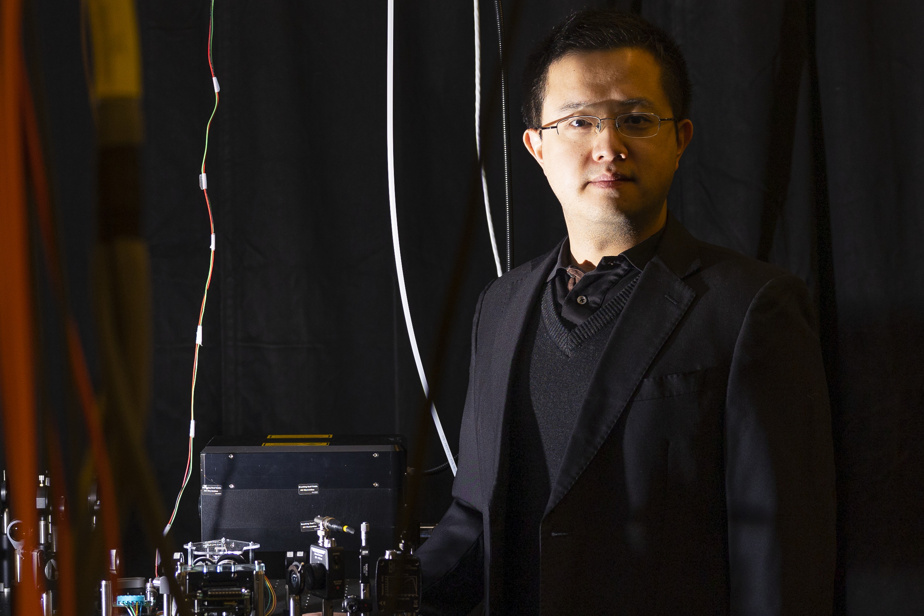The Quebec genius has just made a breakthrough in the world of single-pixel and ultra-fast imaging. Indeed, Professor Jinyang Liang and his team have patented a device that can stream video at 12,000 frames per second using light modulation.
In order to understand the interest of this innovation carried out at the National Institute for Scientific Research (INRS), Professor Liang begins the interview with a background. “Most smartphones and cameras use 2D sensors, which are useful only with frequencies of light that our eyes can see,” he explains. To access a broader spectrum of light, such as ultraviolet and varying degrees of infrared, 2D sensors cannot. Unless you have a very expensive camera, which offers very low performance. »
One-pixel technology is an attractive option. Unfortunately, the cameras of this type that already exist are restrictive. “If I want to use an existing single-pixel camera to capture something moving fast enough, there’s no hope,” the professor said.
Researchers have found methods to fix this problem: punch holes in a piece of metal and move it quickly. “It works and it’s better, but the metal filter has to be fixed. If I want to change something, I have to design another filter to reconfigure the whole thing. It lacks flexibility. »
This is where Professor Liang and his team’s flexible and ultra-fast prototype changes the game.
It is a small revolution in photonics, the branch of physics that focuses on the study and manufacture of components allowing the generation, transmission, processing or conversion of optical signals.
It took two years of work, multiple brainstorming sessions and months of work to come up with a working prototype. A process that Jinyang Liang calls as organic as it is difficult. Especially when he thinks of the supply chain during the pandemic. “When certain products were no longer available, it sometimes drove us crazy to find that the suppliers did not know when they would be available again. We had to constantly develop alternatives and plan Cs to our plan Bs.”
Led by student Patrick Kilcullen, the project has led to the creation of a camera that can be used to image the optical properties of certain nanoparticles and to study combustion.
He also wants to integrate the device into the terahertz detection system of surveillance devices in airports. “We’ll explore that in the future. »
Very excited by the commercial potential of innovation, researchers want to attract companies and push research even further. “It’s going to take several years to bring the new version of our camera to market. »
